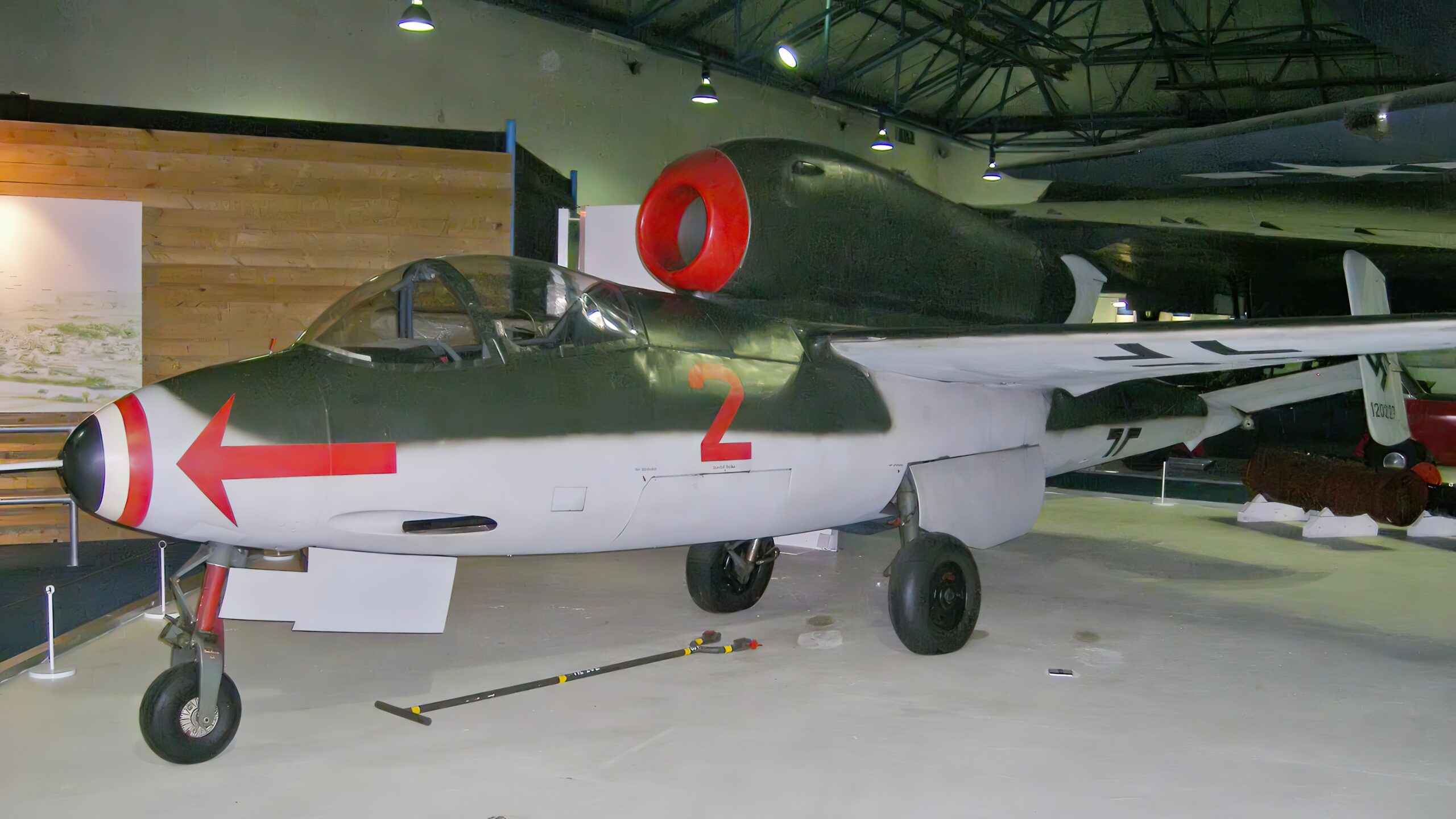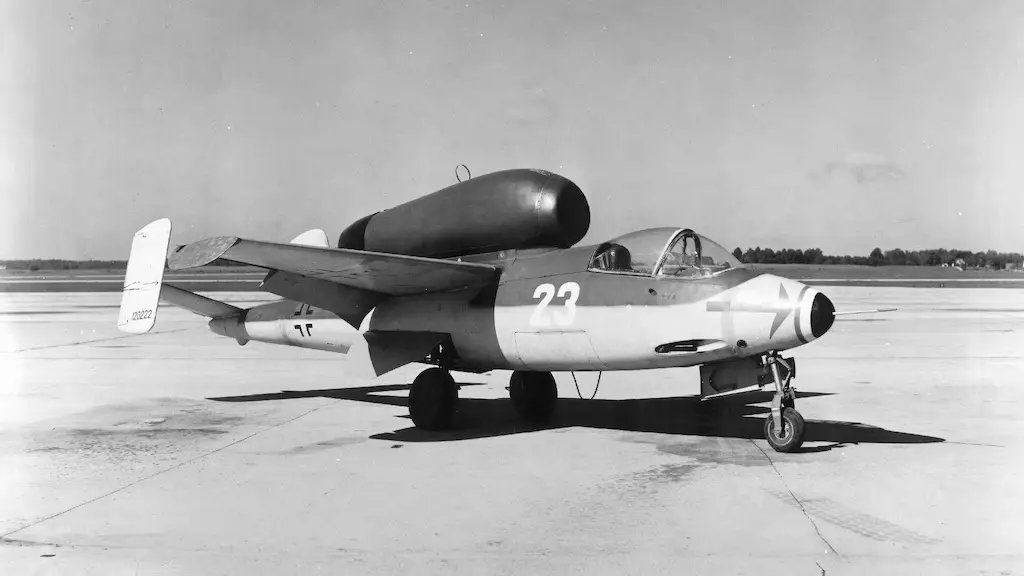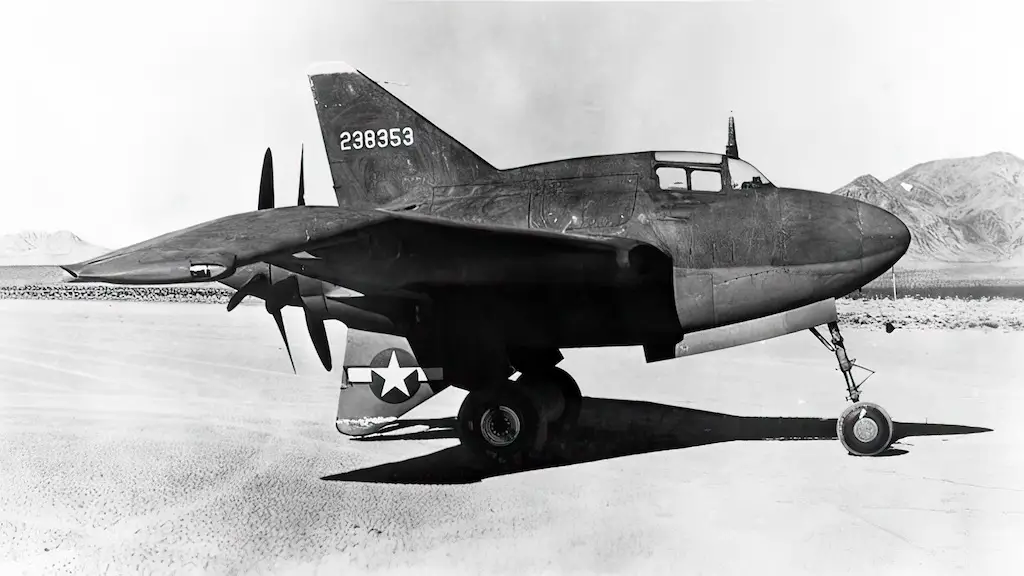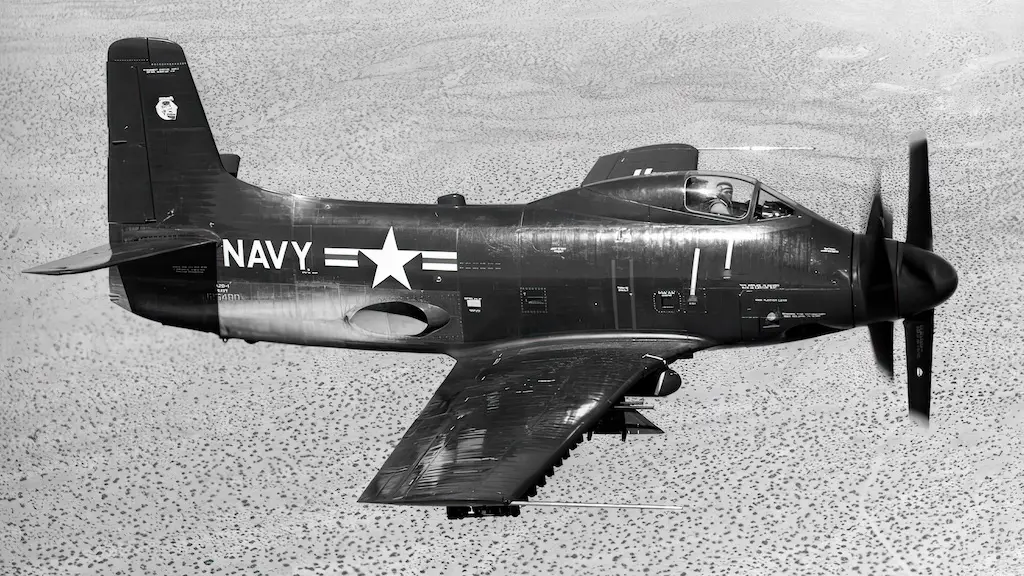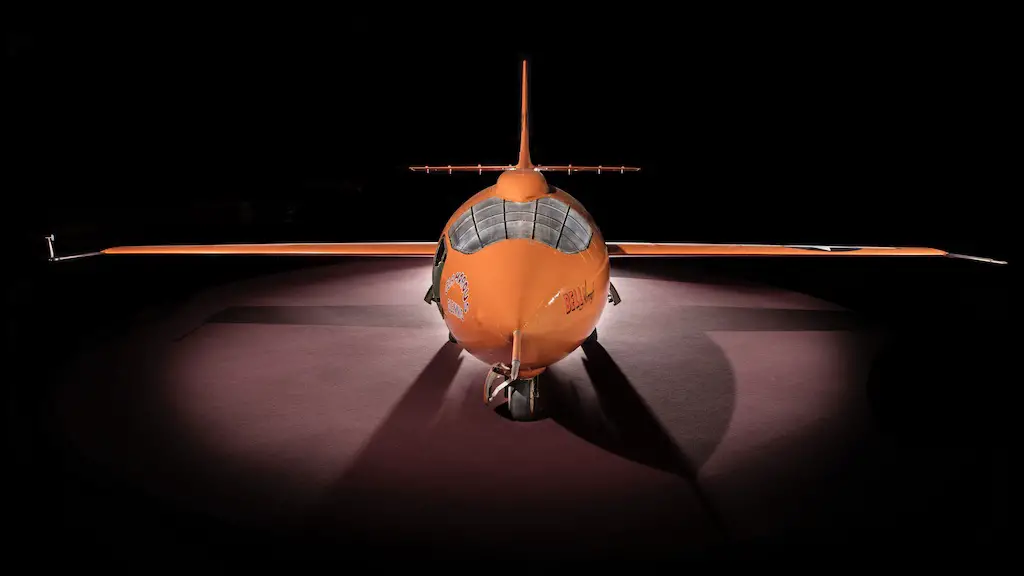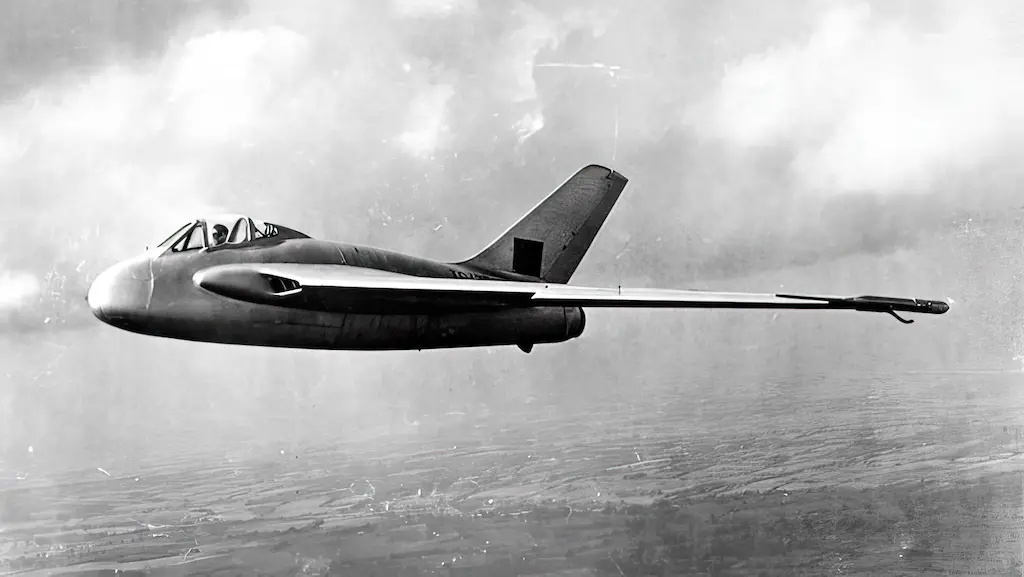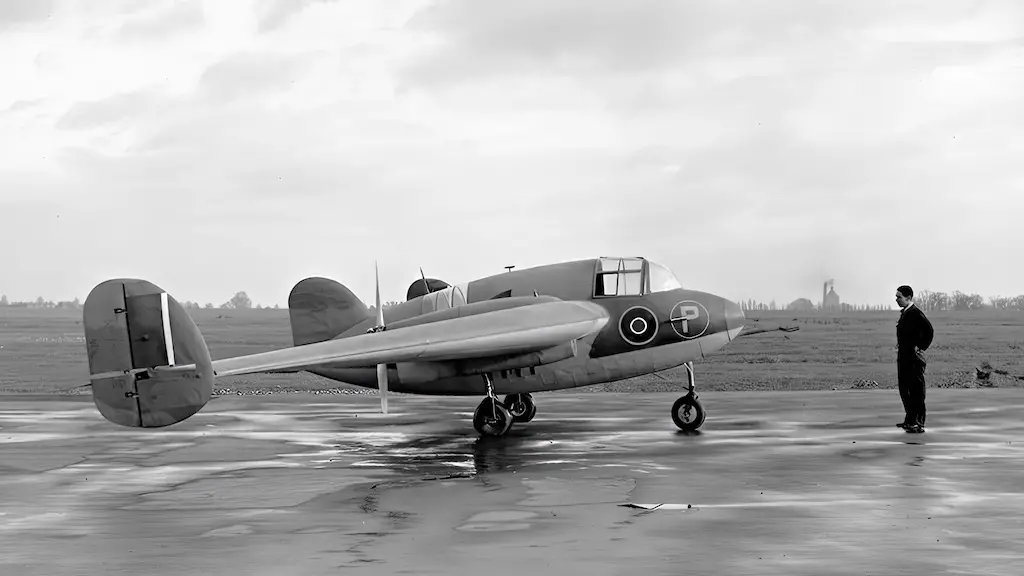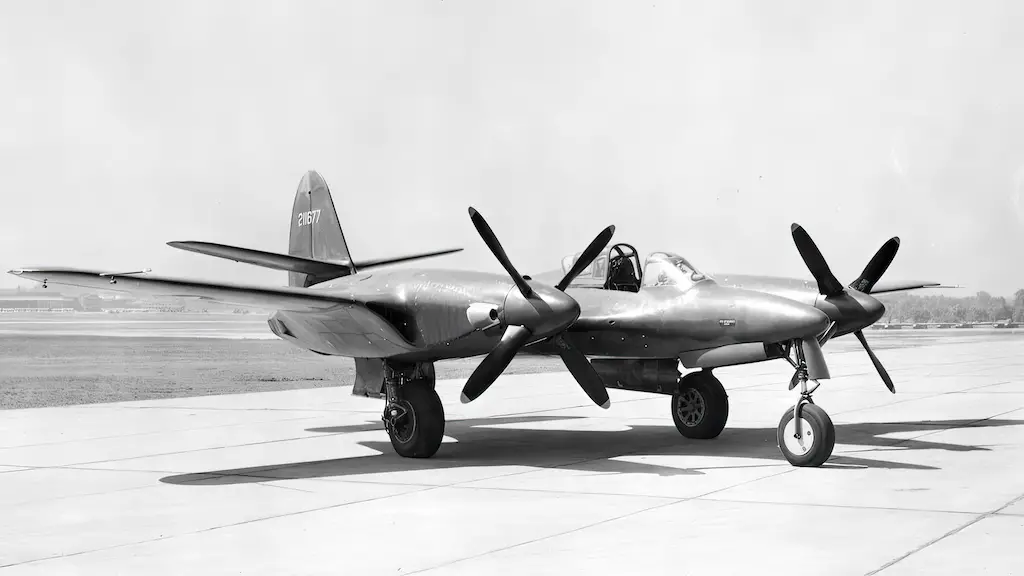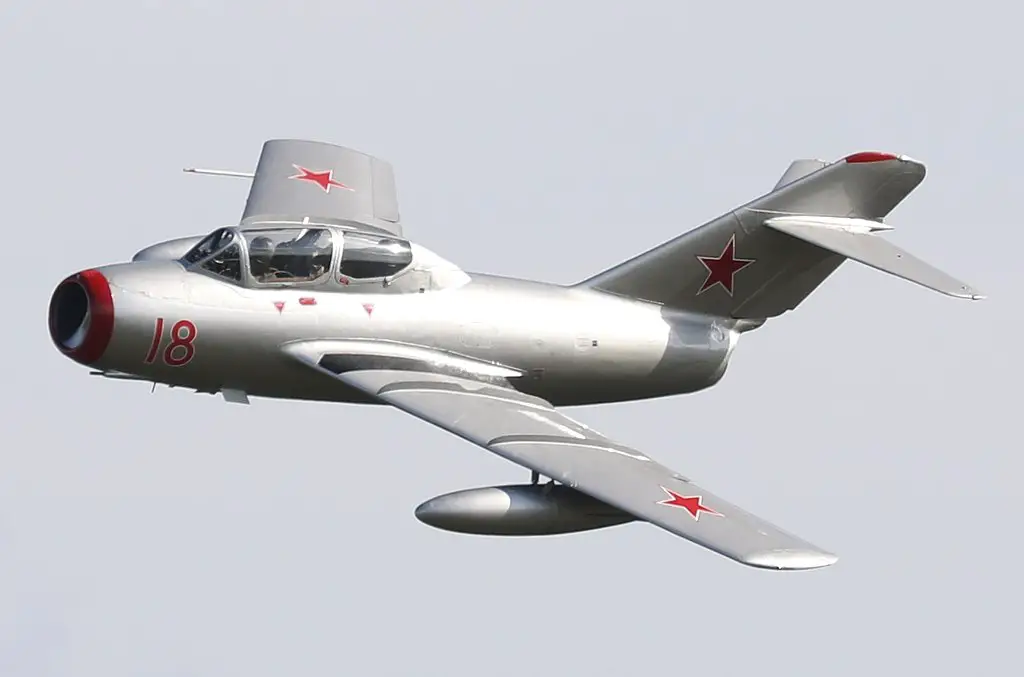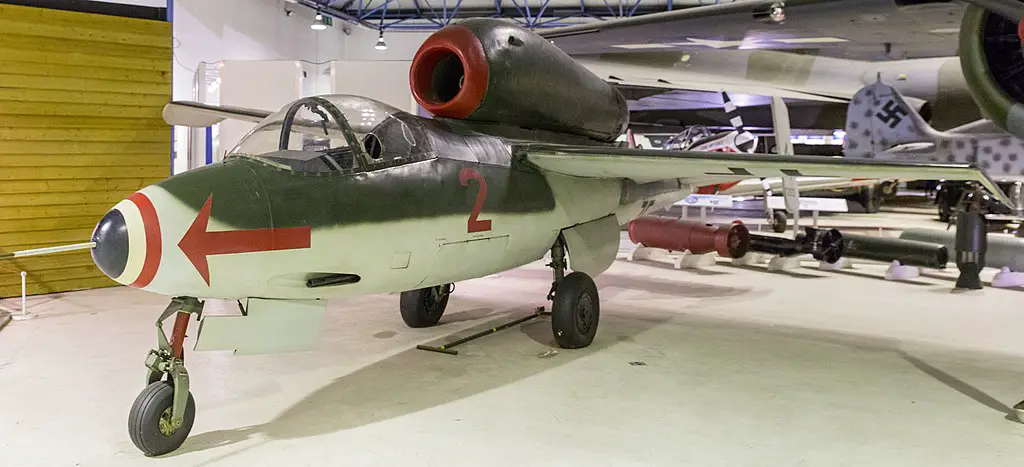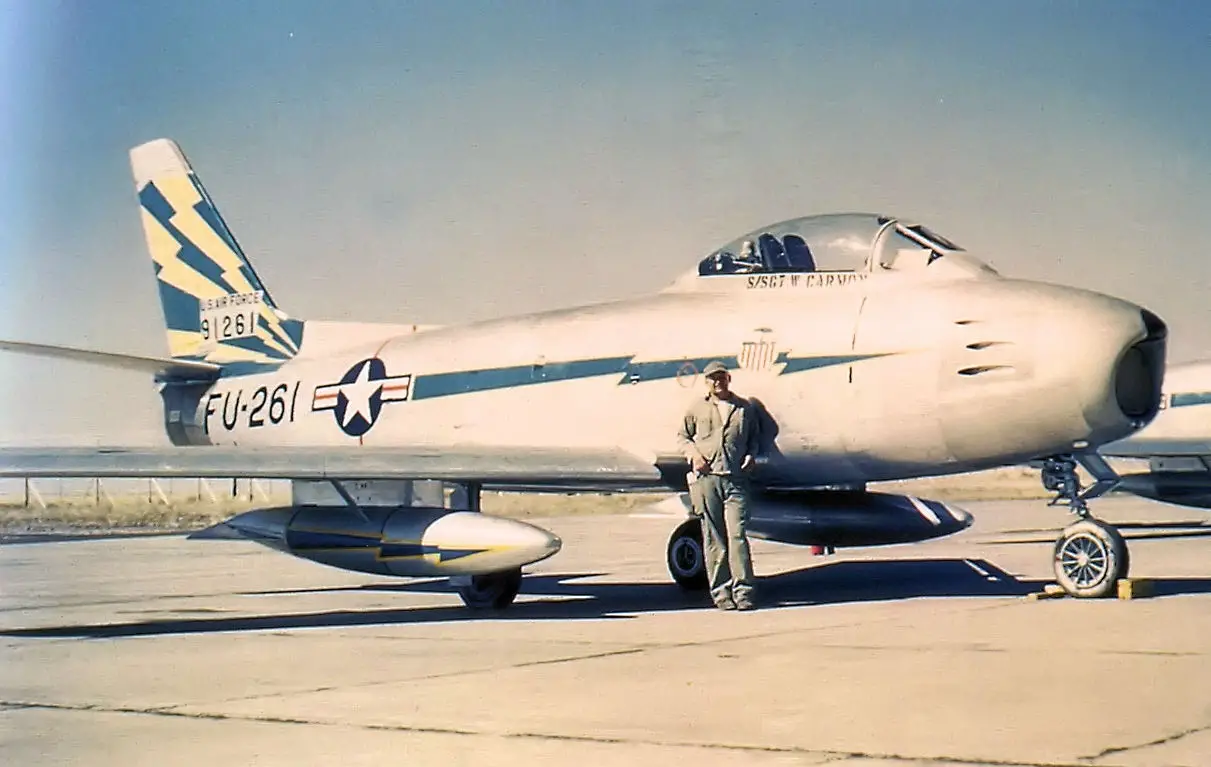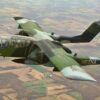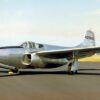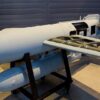The He 162 Salamander, also known as the Volksjäger (“People’s Fighter”), was a German jet-powered fighter aircraft developed during World War II. Intended as a last-ditch effort to counter Allied air superiority, the He 162 was an innovative and ambitious project that pushed the boundaries of engineering. In this article, we delve into the history, design, performance, and legacy of this unique aircraft.
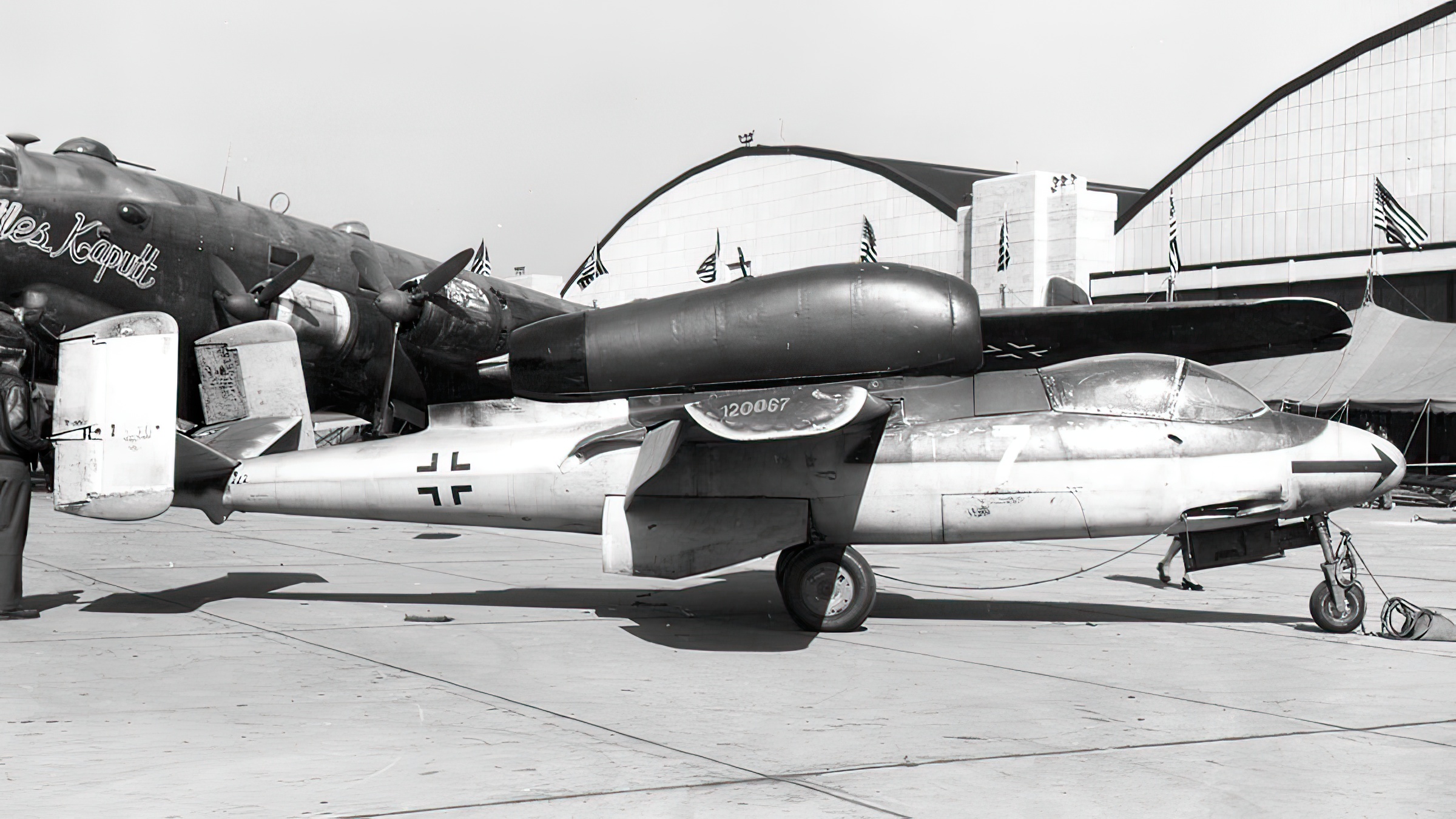
Urgently needed
The He 162 Salamander emerged during the closing stages of World War II when Germany’s defeat was imminent. With Allied air forces dominating the skies, the German Luftwaffe urgently needed a high-performance jet fighter. The project originated from a directive issued in September 1944, which called for the development of a lightweight and easily manufactured jet fighter that could be operated by inexperienced pilots. The Heinkel Aircraft Company, under the leadership of Ernst Heinkel, took up the challenge and commenced work on the ambitious He 162 design.
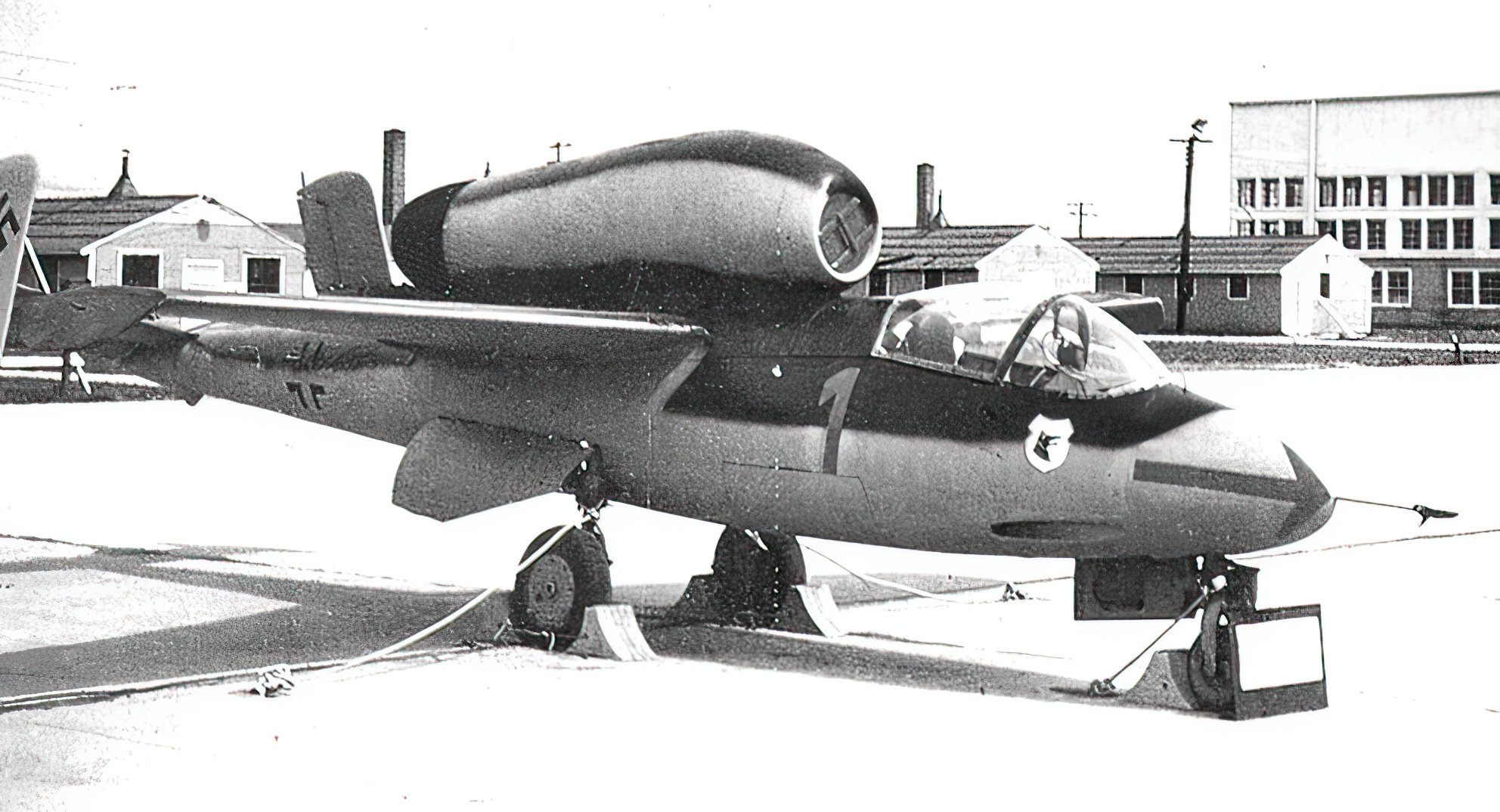
Innovative design
The He 162 featured several innovative design elements to meet the demands of rapid production and simplicity. The aircraft had a streamlined and compact fuselage constructed mainly from welded steel tubing covered with sheet metal. The wings were swept back to enhance the aircraft’s speed and maneuverability. The engine, a BMW 003 axial-flow turbojet, was mounted in the rear fuselage and provided the necessary thrust. The tricycle landing gear arrangement and a skid-type braking system were employed for takeoff and landing.
Despite the impressive design, the He 162 faced significant challenges during its development. The tight timeframe, scarcity of resources, and a shortage of experienced pilots and engineers hampered progress. Nevertheless, the aircraft managed to achieve its maiden flight on December 6, 1944, with test pilot Gotthard Peter at the controls.
Good performance
The He 162 Salamander showcased remarkable performance characteristics. Powered by the BMW 003 turbojet engine, it achieved a top speed of 562 mph and had a range of approximately 360 miles. Its armament consisted of two 20mm MG 151/20 cannons mounted in the nose, providing a decent firepower capability.
However, the aircraft suffered from a number of flaws. The He 162 had a relatively short endurance due to its limited fuel capacity, and its handling characteristics were challenging, particularly during landing. Moreover, the jet engine’s operational reliability was less than desired, resulting in frequent breakdowns and maintenance issues.
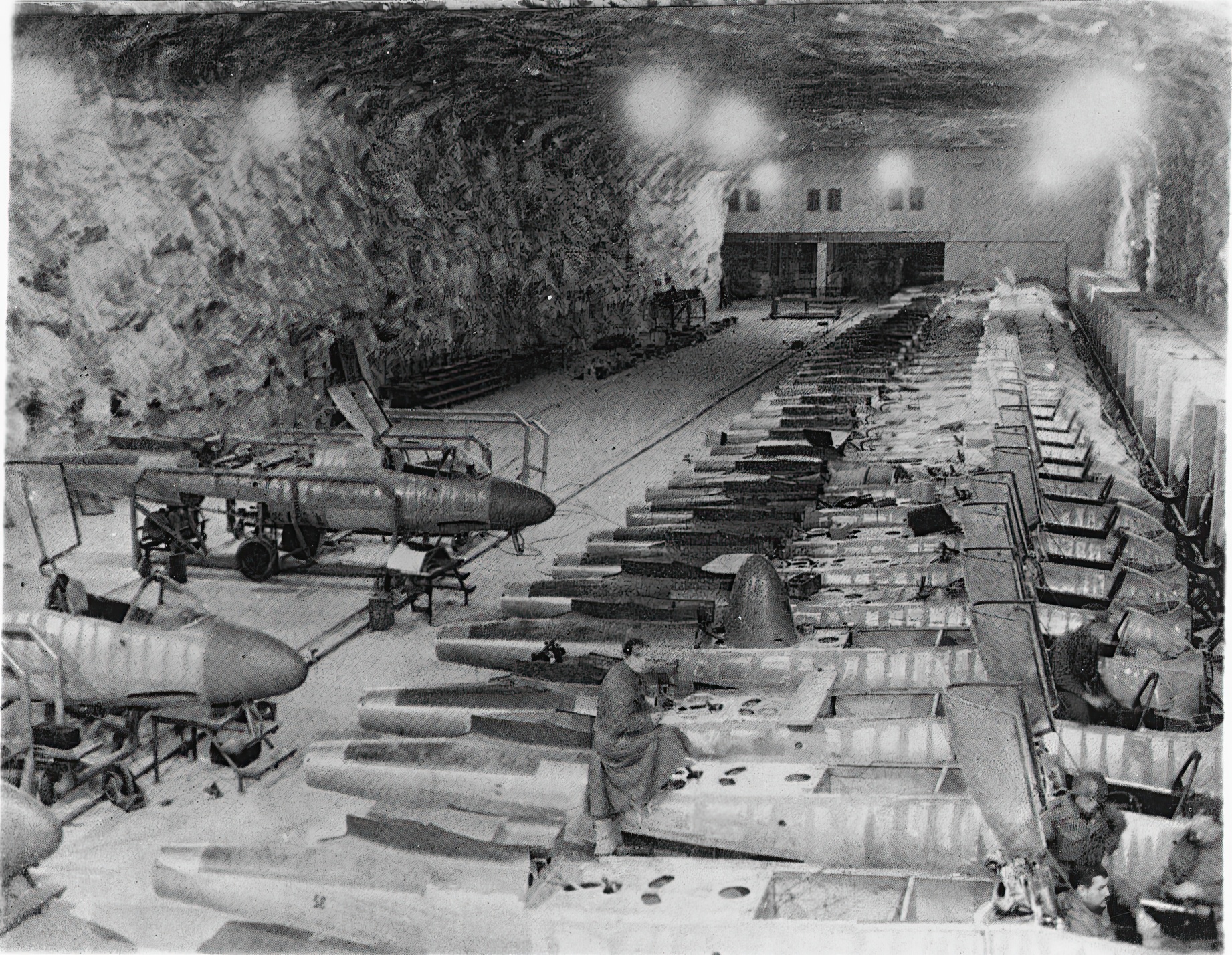
Limitations
Despite its limitations, the He 162 Salamander was rushed into service and saw limited operational deployment in the final months of World War II. The aircraft was primarily used as an interceptor against Allied bomber formations and demonstrated its speed advantage over propeller-driven fighters. However, its scarcity in numbers, coupled with the inexperienced pilots who flew it, prevented the He 162 from making a significant impact on the outcome of the war.
Following the war, the He 162’s design influenced post-war jet aircraft development. Elements of its design were incorporated into various aircraft, such as the Soviet MiG-15 and the American F-86 Sabre. The lessons learned from the He 162’s production challenges also influenced subsequent aircraft manufacturing processes.
